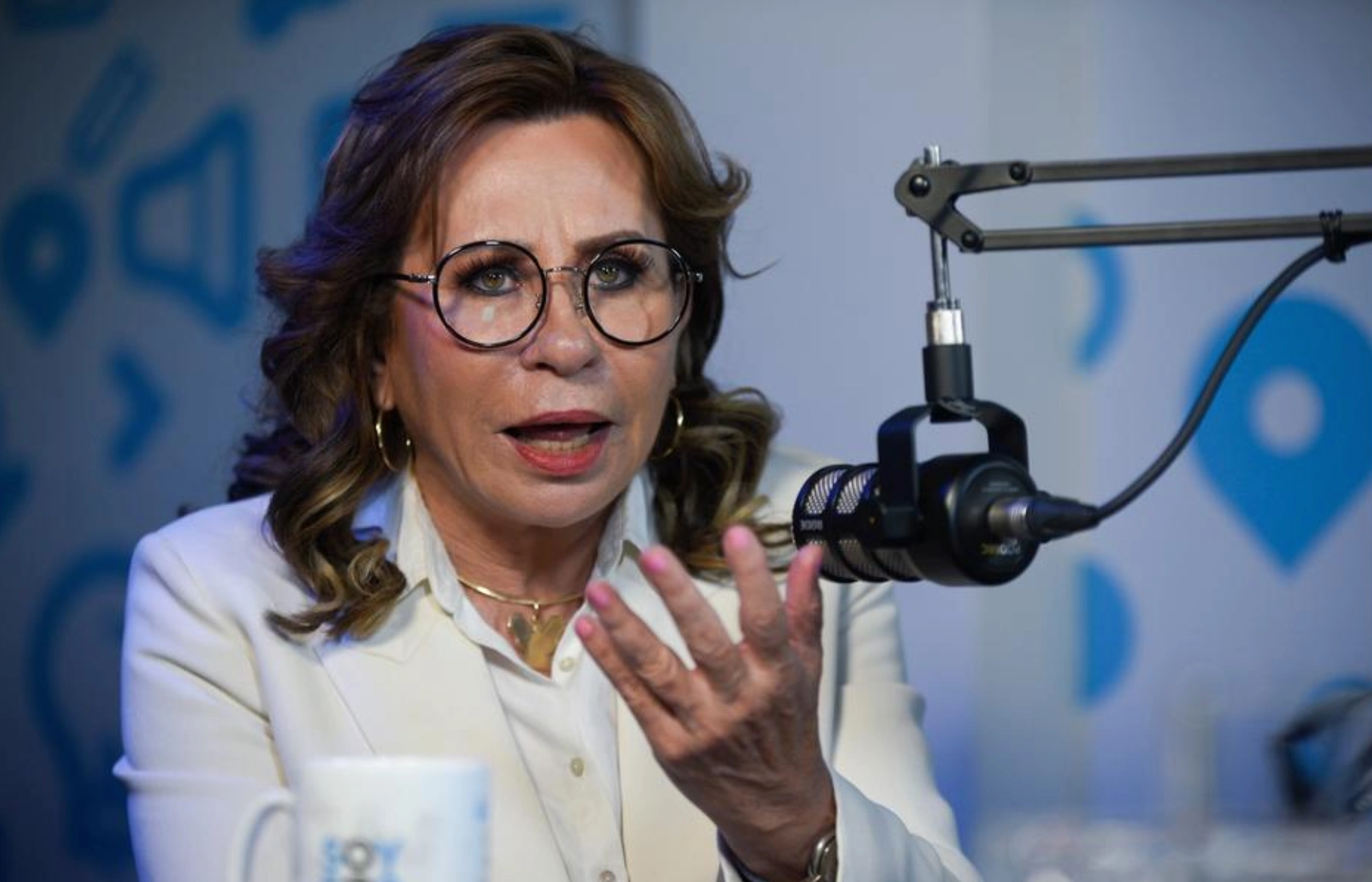Coauthor Carolina Guerrero
This Sunday, Guatemala’s former first lady, Sandra Torres, could deepen the electoral success of former first ladies in Latin America if she becomes the second president in office after the also former first lady Xiomara Castro assumed the presidency of Honduras in 2022.
Torres represents the conservative National Unity of Hope Party (UNE) and runs at a disadvantage against Congressman Bernardo Arévalo, a former foreign minister and former ambassador to Spain who founded the progressive Semilla Movement following the social protests that rocked the country in 2015.
Torres’ proposal is conservative. On social issues, she opposes abortion, same-sex marriage and promotes visions close to evangelicals. Torres has also promised to improve public security based on ideas similar to those of Salvadoran President Nayib Bukele, fight corruption, promote tourism, eliminate VAT, give monthly bonuses to mothers, and provide economic aid and food to the poorest.
The second round of elections will take place in the midst of an institutional crisis unleashed by the decision of the Attorney General’s Office to suspend the legal status of Arevalo’s Semilla Party. The Attorney General’s Office accused the party of fraud for using more than 5,000 false signatures to register the party, but the decision was reversed by the Constitutional Court. “It is a worrying situation in terms of the electoral process and the functioning of the institutions of a democratic state“, said recently the OAS Secretary General, Luis Almagro, when presenting the report on the first round of elections. The Inter-American Commission on Human Rights also highlighted its concern about “interference in the electoral process in Guatemala, in a context of lack of independence of the Public Prosecutor’s Office and its Attorney General“.
This is the fourth time that Sandra Torres has tried to become president. In 2011 she divorced President Alvaro Colom “to marry the people” through her candidacy, which failed because Guatemala’s Constitutional Court ruled that it violated Article 186 of the Constitution. Torres did not give up, and in 2015 she ran as the presidential candidate of UNE, the same party that brought Colom to the presidency, and ended up losing in the second round to comedian Jimmy Morales. Torres tried again in the 2019 elections when she also lost in the second round to the current president, Alejandro Giammattei.
Former first ladies in the Executive
Since 1990, former first ladies have attempted to become president eleven times and have succeeded three times (first lady Cristina Fernández in Argentina, in 2007 and reelected in 2011 and Xiomara Castro in Honduras, elected in 2022). Sandra Torres and Patricia Escobar in 2011 in Guatemala, Xiomara Castro in Honduras in 2013, Marta Linares in Panama in 2014, and Keiko Fujimori in Peru in 2011, 2016, and 2021. In addition, eight times former first ladies have been vice presidential candidates and have won five times (Margarita Cedeño de Fernández in the Dominican Republic in 2012 and 2020; Cristina Fernández in Argentina since 2019 and Rosario Murillo in Nicaragua in 2016 and reelected in 2021).
In addition to the cases described above, recently there were two former first ladies who were presidential pre-candidates but did not make it to the election: first lady Margarita Zavala resigned before the presidential election in 2018 in Mexico, while Cristiana Chamorro could not compete in 2021 in Nicaragua because she was arrested by government order.
The candidacies of former first ladies for national elected office are a growing trend in Latin America. Between 1999 and 2016, they ran 26 times as candidates for the presidency, vice presidency, or Congress, being elected 19 times (Guerrero Valencia and Arana Araya, 2018). In the publication When Do First Ladies Run for Office? Lessons from Latin America, we show that the predicted probability of first ladies with previous experience as elected politicians running for office is 70% and that there is an 86% chance that they will compete to reach Congress, the presidency, or the vice presidency in the first opportunity they have after leaving the executive branch.
The upward trend in candidacies is clear: 15 of the 26 candidacies we studied occurred between 2010 and 2016. Since 2016, there are now five former first ladies who have competed for the presidency. Why do so many first ladies then run for office?
There are three reasons that make them unique candidates. First, they enjoy wide public recognition and media coverage, which allows them to make themselves known, influence the public agenda and position themselves on relevant issues. Second, first ladies enjoy numerous privileges due to their access to the apex of the executive branch. The position allows them to develop personal connections with the political elite and thus increase their own political capital. Third, the public image of first ladies is inevitably connected to the most powerful politician in the country. This carries both positive and negative associations, but inescapably the presidential image is partially transferred to them. This week Torres will have for the third time the opportunity to finally leave her ex-husband’s shadow behind.
Carolina Guerrero Valencia is a research associate at the GIGA Institute for Latin American Studies in Germany. Her research focuses on first ladies, elites, executive power, executive-legislative relations, and women in politics in Latin America.
*Translated from Spanish by Janaína Ruviaro da Silva













